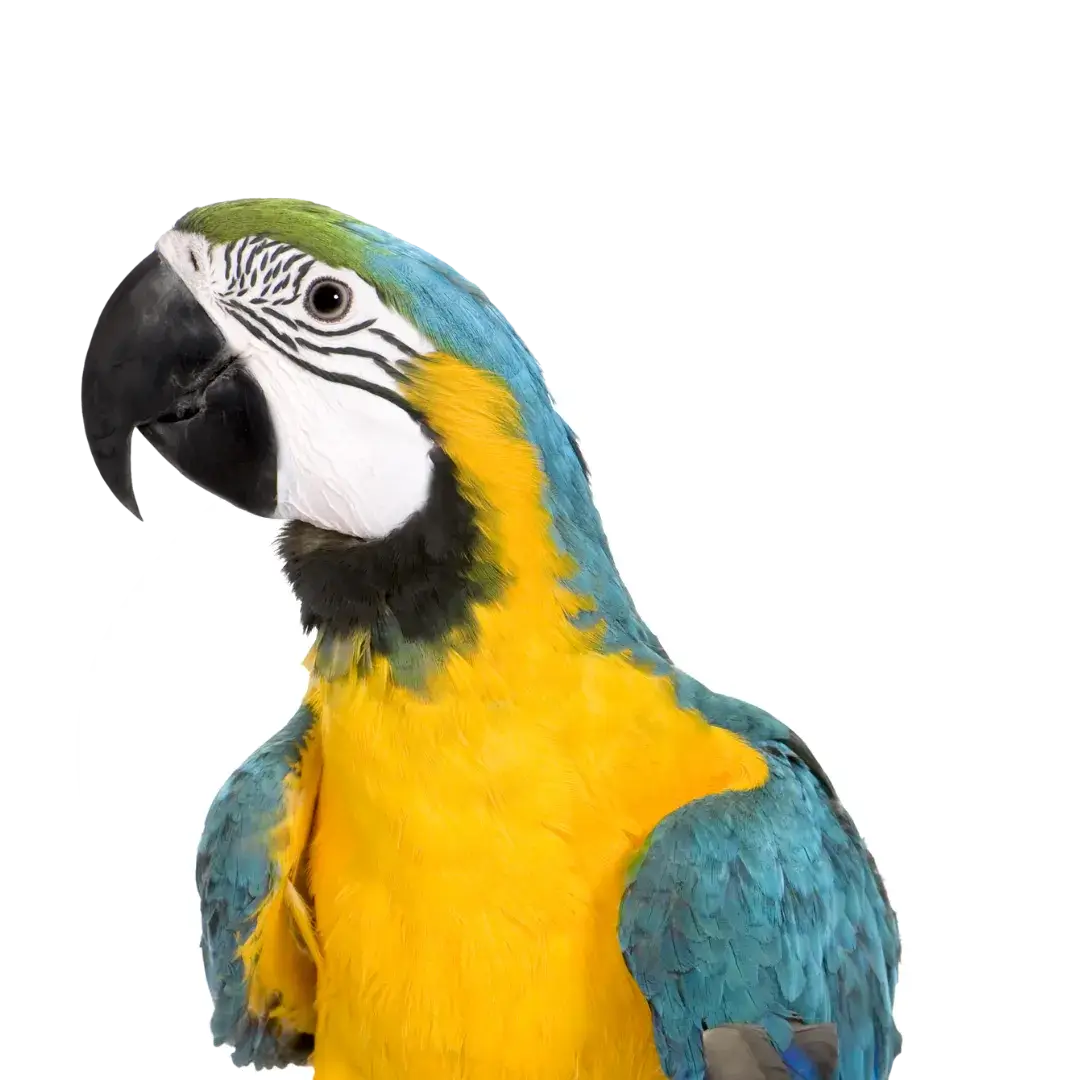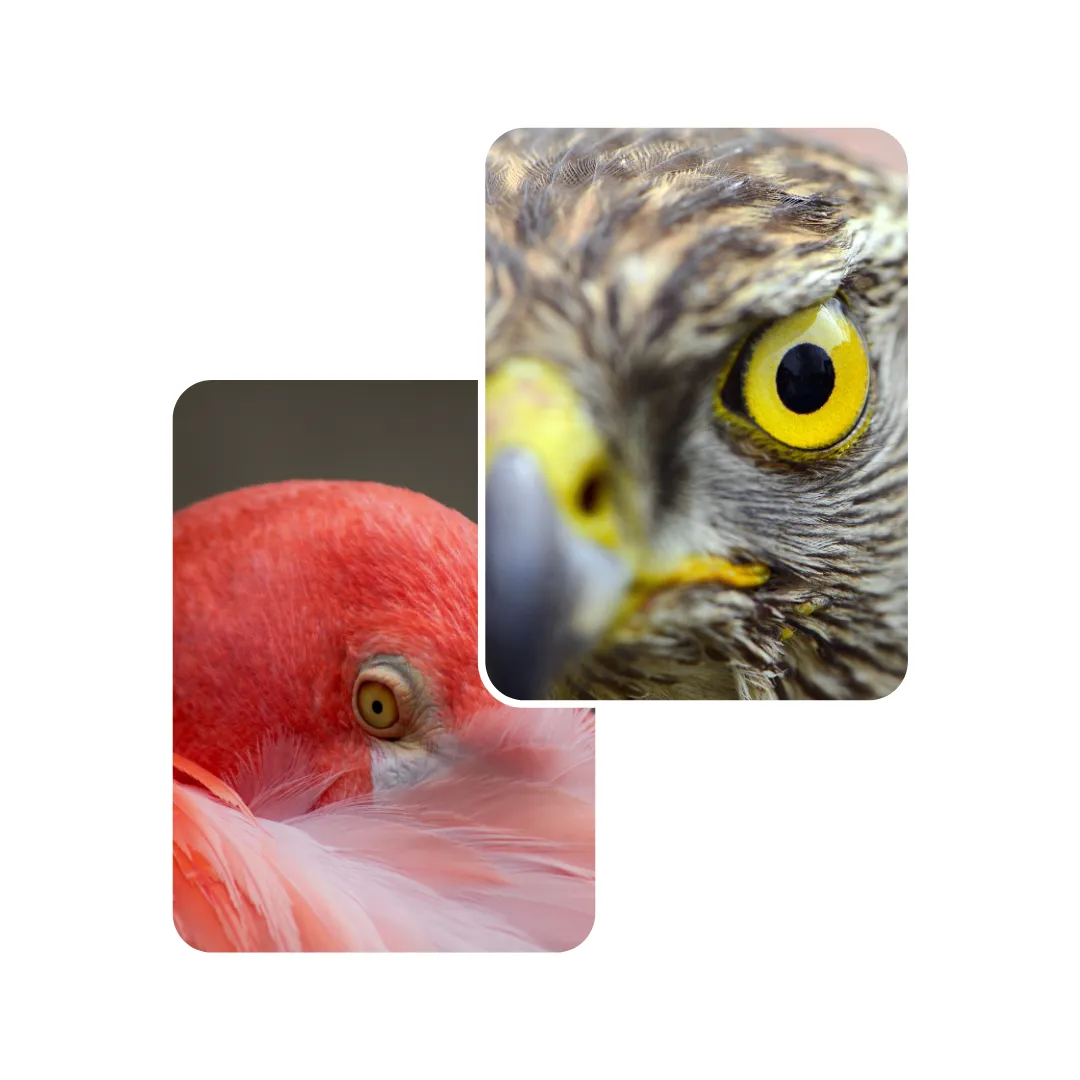

Not always. Redness can also signal trauma or, in rare cases, glaucoma, but it should always be investigated promptly by a specialist.
Yes, the bacterial agent Chlamydia psittaci (Psittacosis) can cause severe flu-like illness in humans. Proper hygiene is essential.
Never. Most human ophthalmic products are formulated for different eye pressures and tissues and can contain ingredients that are toxic or severely irritating to birds.
Vitamin A is essential for the health of mucous membranes, including those in the eye. A deficiency can cause them to fail, leading to chronic dryness and infection.
Treatment duration varies. Simple irritants resolve quickly, but systemic infections like Chlamydia require up to 45 days of continuous medication.
Yes. Similar symptoms may point to chronic diseases, nutritional deficiencies, or severe stress. Consult our other specialized treatment pages to learn more.
Your pet deserves expert care – Subscribe now for trusted tips and updates from our pet experts.
